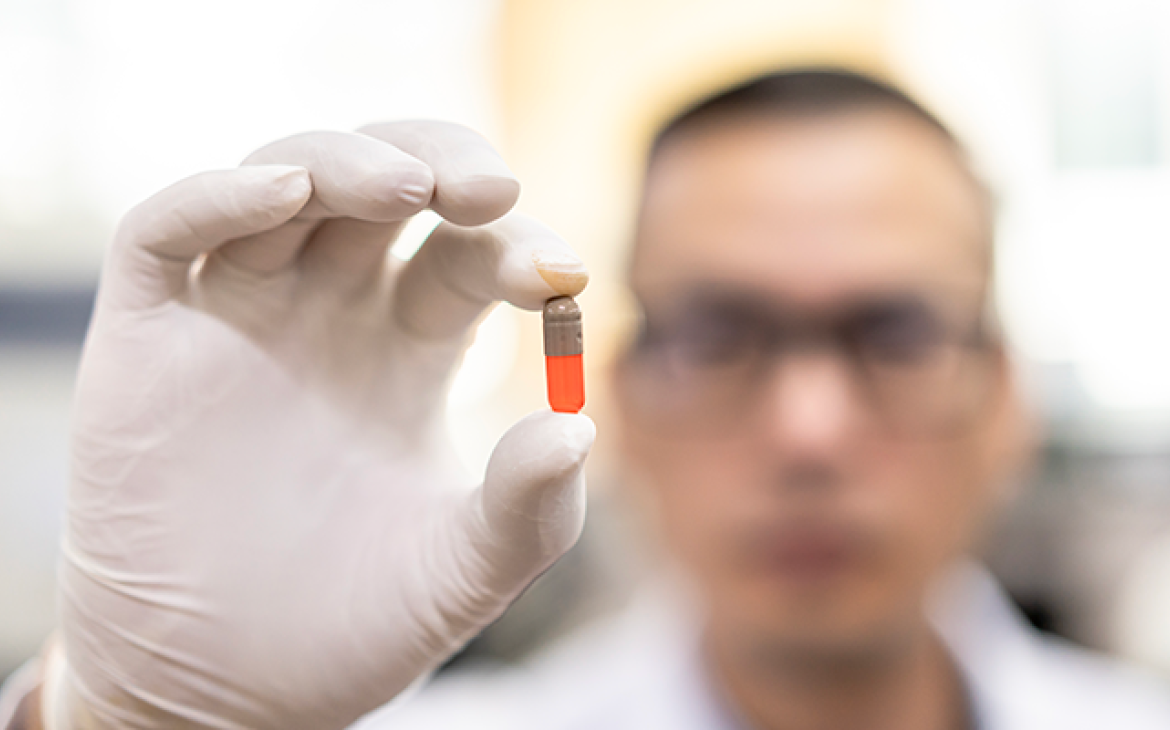
Nitrosamine impurities in pharmaceutical products have been making major headlines recently, as this year has marked the fifth anniversary since they were first detected at unacceptable levels in some blood pressure medications and – even more importantly – due to a flurry of new regulatory activity taking place around the globe this summer, including by the U.S. Food and Drug Administration (FDA).
In this two-part Quality Matters blog series, we take a look at the FDA’s recent guidance on nitrosamines and what it means for industry.
Nitrosamines are naturally occurring chemical compounds that people are regularly exposed to at low levels in consumer products and in the environment. Long-term exposure to these impurities can increase the risk of developing cancer and, because of this, they have been the subject of great interest and efforts by regulators around the globe to help the pharmaceutical industry control them.
The discovery of nitrosamines in pharmaceuticals in 2018 sparked a series of recalls as well as intense efforts by the pharmaceutical industry and its stakeholders to learn more about them in order to control them and keep products safe. The industry has seen significant inter-disciplinary cooperation and collaboration among stakeholders to reduce or eliminate the presence of nitrosamine impurities in the drug supply chain, and USP has been a proud leader in these efforts.
This summer, a wave of regulatory activity has taken place, with agencies from around the world recently publishing new or revised guidances on nitrosamines. Official updates have come from the European Medicines Agency, Health Canada, and the Ministry of Health, Labour and Welfare in Japan. In early August, the FDA published its own highly anticipated new guidance, “Recommended Acceptable Intake Limits for Nitrosamine Drug Substance-Related Impurities (NDSRIs).”
The update from FDA provides drug manufacturers and applicants with a recommended framework for a risk-based safety assessment of nitrosamine drug substance-related impurities (NDSRIs) that could be present in products already on the market, as well as in products under development and/or review by the agency.
Earlier this spring, the FDA requested further stakeholder input on approaches for identifying and testing novel nitrosamines identified in drug products and active pharmaceutical ingredients (APIs), and USP was one of numerous organizations that submitted comments to the agency.
The new guidance from FDA has been met with great interest, as evidenced by a flurry of real-time discussion and analysis in our Nitrosamines Exchange. Members have been hard at work dissecting the guidance, sharing interpretations and comparing it with other recent global regulatory actions.
Below, we have outlined key takeaways from the FDA guidance:
Harmony with EMA
Overall, the FDA approach published in August is harmonized with the EMA’s July guidance on NDSRI detection and mitigation, which introduced a new Carcinogenic Potency Categorization Approach (CPCA). The CPCA is a framework for the new approach both FDA and EMA are taking to determine the acceptable intake level of a given NDSRI and aid in risk assessment for various active product ingredients. The methodology can be used to assess the carcinogenic potency of NDSRIs and more accurately predict their mutagenic potential – a new approach that is possible due to advancements in the science and understanding of the structure-activity relationships of the compounds.
FDA’s work with international regulators in the development and use of the CPCA modeling approach will continue in order to identify recommended AI limits and minimize the potential impact on the global medicines supply.
New acceptable intake levels
Like the revision from EMA, the new FDA guidance establishes new acceptable intake (AI) limits that vary with potency categories and range from 26.5 ng/day to 1500 ng/day. The guidance provides a framework for limits based on the expected potency of a substance, using activating and deactivating structural features present in nitrosamines. Details about potency categories and their corresponding recommended AI limits, as well as limits for specific nitrosamines, and additional information are available here.
Read part two: Industry examining FDA guidance on nitrosamines


